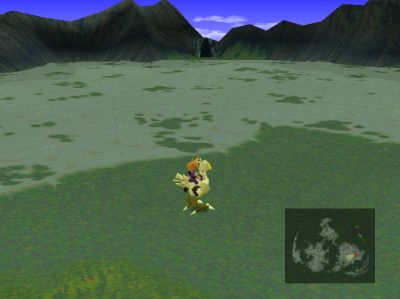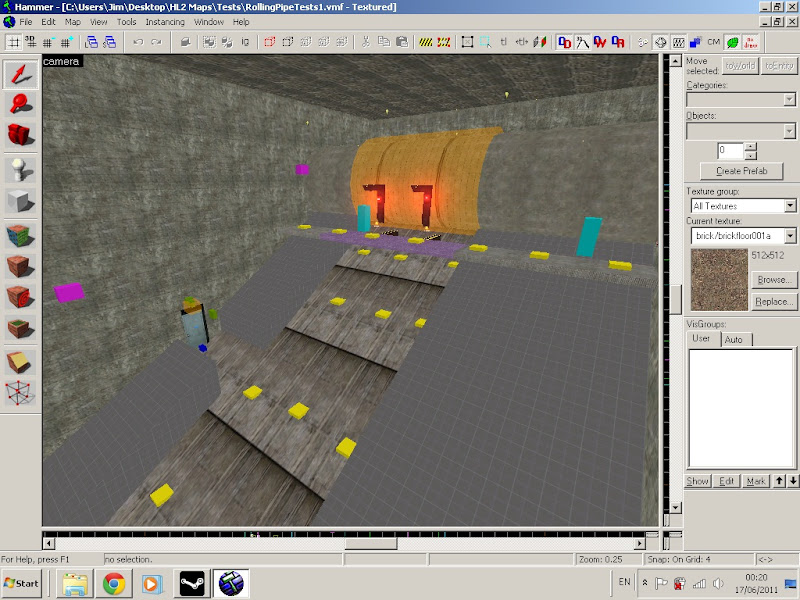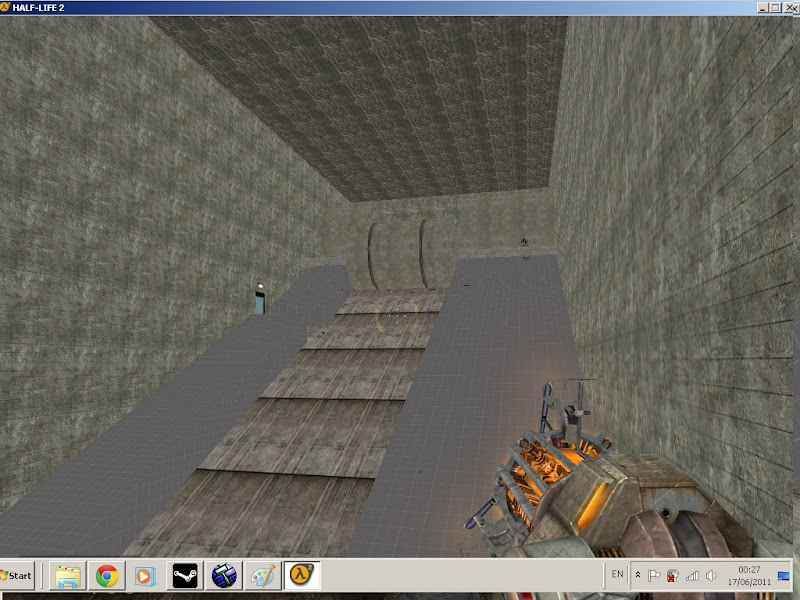SP Level Design: The Player Experience
Here 10 thoughts to consider when designing your SP map.
I find that a lot of people focus on asthetics a little too much instead of how a map plays.
Here's some points from my experience so far while focussing on gameplay first and asthetics second...
1. Plan your map based on NPC behavior!
Pretty much every official map for every SP game is designed to get the best out of the NPC's in the game. This is often the reason SP games end up set in industrial areas or warehouses. These areas can absorb all manner of NPC encounters because crates can be stacked any way you like.
2. Test, Test, Test NPC behavior
In order to build good NPC encounters you need to know what they're capable of. By testing out NPCs in simple block maps you can really find some surprising and cool behaviors you didnt even know they were capable of.
Combine Soldiers are pretty smart, and its a shame to waste all that brilliant AI on a flat, boring firefight. They can move, flank, flush you out with grenades, they'll pop an explosive barrel if its near you and set up in the right way.
By understanding the limits of NPC behavior you can make your encounters really stand out.
3. Know the players expectations (then mess with them a little)
Players come to a custom SP with a set of expectations from the original game. They know how the Half-Life, Portal, world works, the puzzles, the items, the sounds, the look. Either stick with this or completely change it.
If you do stick to the game world try to mess with these expectations a little. For example, the player expect an item crate to contain... well items... they don't expect it to contain a live grenade ready to pop in 5 seconds.. or a headcrab!
If you're going to introduce new gameplay concepts to your map, make sure you introduce them to the player in a safe environment where they can play with the new element and learn how it works.
4. Take a break
Players need a rest every now and again. Make sure you add a safe area every now and again where they can get their breath back.
5. Instant death is evil
Give the player some warning before they encounter something deadly. Hints should be subtle and in the map (dont warn them via screen text or anything lol). The players lack of skill or intelligence should always be their downfall, not your lack of direction.
6. Give the player direction at all times.
The player always needs a goal. Even if that goal is as basic as "there's the door but how do I get to it?"
7. Its all about the How!
Puzzle areas should always be about how the player solves the problem, not what the damned problem is in the first place.
Show the player the problem,mo then show them the objective, then let them figure out the middle bit.
If when play testing, your testers dont understand what they were supposed to do, go back and think your area over.
8. Backtracking is evil
A players main reward is the discovery of the next area. Never make the player go back the way they came, unless its drastically changed. Always have a way for the player to progress forward.
9. You vil do what I say!
Never force the player into an action even if you think it would be so cool! Always make it their choice. Equally, never show the player something in a cutscene that they could do themselves. In fact, unless your cutscene is at the beginning (setting the scene) or end (showing what the player has achieved) of your map, avoid cutscenes altogether. Taking control away from the player is very annoying and pulls them out of your game world.
10. Playtesters are weird
Play testing will reveal a whole bunch of issues you never even considered. If the tester does something you never expected that spoils the experience you were trying to create, dont ignore it! Fix it! Others will fall into the same trap. Some other feedback you can take or leave as its often player preference as to the style of play they prefer.
If anyone complains its too challenging be careful. Custom maps should be tough in my opinion as players will mostly have completed the official game and should be pretty good at it.
Hope that was a good start, Id really like others to comment with theyre own lessons learned and with theyre opinions on these...











